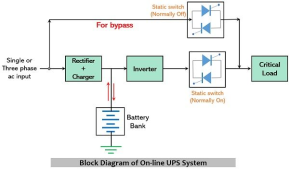Quattrohead
Solar Wizard
No it should be very simple. It does not blow up if I have my main grid turned off and charges from PV and powers all my loads no problem.100% zero export is not a simple task.
Surges happen. And responding quickly enough to never export a single electron is very hard.
You are always taking a risk. If you install a grid-tied system without having an agreement with the utility company.
Solark manage it just fine.
With my usage scenario I just want it to be a battery charger from time to time. I don't want it to power loads from the grid or feedback to the grid, just charge the battery.






